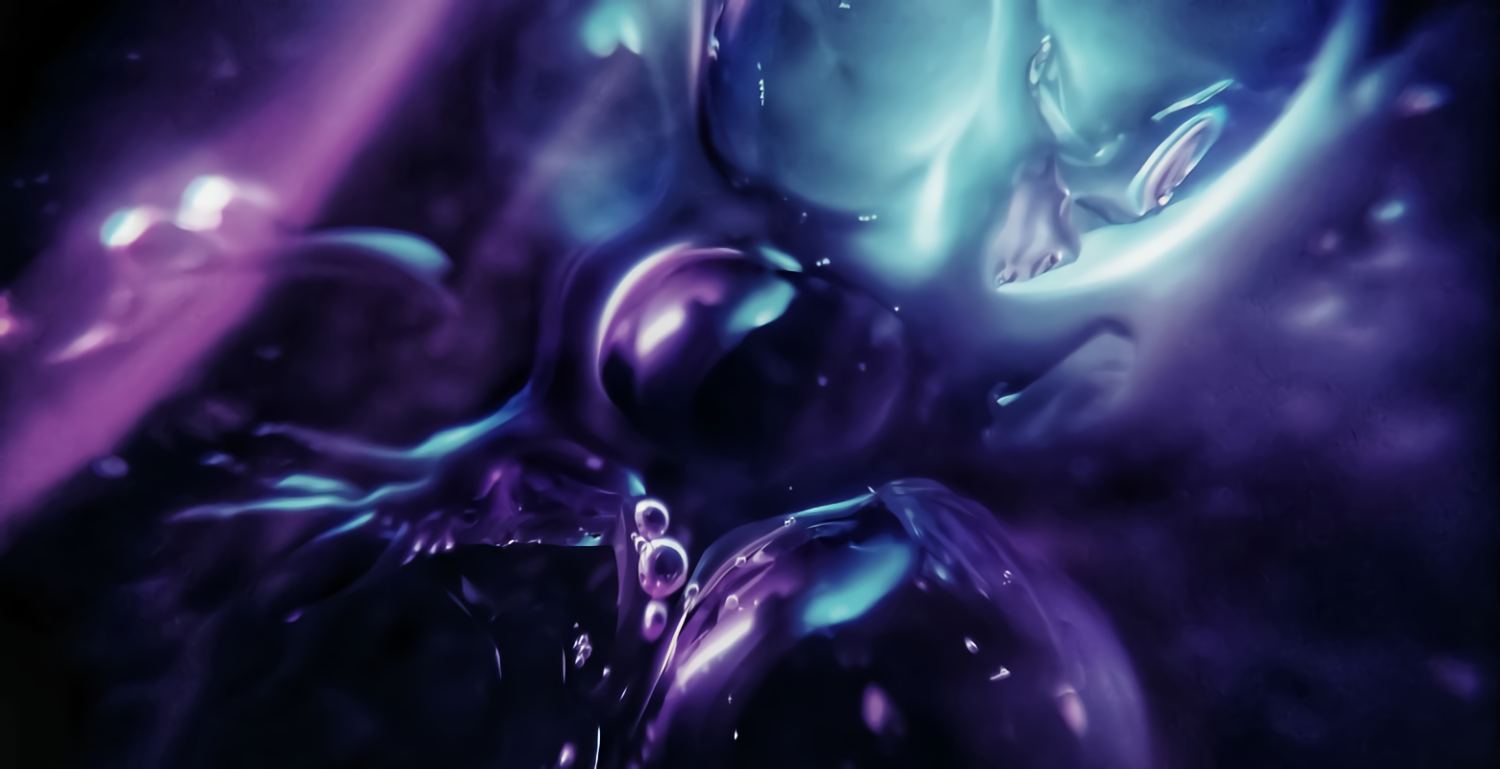Physics researchers have discovered a new quantum state, a spin fluid, at temperatures just above absolute zero, and it is completely chaotic. Because of their interactions with the disordered atomic orbitals in the crystal lattice, the crystalline material’s electron spins remain disordered and liquid despite the severe cold. The group announces their findings in Nature Physics, stating that no one has previously seen such mobility in spin-orbital states.
Electrons’ interactions with the atomic pillars of a solid’s crystal lattice may lead to some curious side effects. Extreme changes in behavior may be triggered by even slight perturbations to the environment, such as a shift in temperature, pressure, or electrical stress, in topological materials. In addition to becoming superconductors, several of these solids may also enter unusual quantum states, such as a supersolid, spin ice, or spin liquid.
In a crystal, the quantum state is chaotic until temperatures approach absolute zero.
Approaching chaos
So far, Nan Tang of the University of Tokyo and his colleagues have successfully manufactured and observed their unique version of a spin liquid. If the electrons in a material’s crystal lattice do not align in an ordered form even at very low temperatures, then the material is known as a spin liquid. However, unlike other ferromagnetic materials, spin liquids do not become magnetic once the spins align above a critical low temperature.

One such quantum spin fluid is already known to exist in some two-dimensional materials, as seen by physicists. However, Tang’s group aimed to generate a hitherto unobserved spin state in which the spins remained “liquid” due to their robust interaction with atomic orbitals. Finding a material where these orbitals also stay disordered at low annealing temperatures is necessary for this, however.
It is exceedingly challenging to suppress orbital ordering at low temperatures, much less spin-orbital fluidity, because of the lengthy history of solid-state physics, the researchers say.
An experimental rare-earth compound
However, they have now achieved and empirically proved this previously unattainable exotic condition. Tang and his colleagues accomplished this using a crystal composed of zirconium, oxygen, and the rare earth element praseodymium. In such rare earth compounds, the crystal lattice is predicted to be tailored to provide an unusual interaction between electron spins and their orbitals.
In order to conduct the experiment, the group gently cooled a sample of this crystal to 20 mK while subjecting it to an external magnetic field. It was just a tenth of a degree above zero at this terminal location. The researchers recorded the material’s history and, potentially, quantum state changes by measuring the crystal’s reaction to ultrasonic pulses and variations in its length.
There are no transitions
The group concludes that if the spins were ordered, the crystal’s behavior, such as its length, would have experienced a dramatic shift. This reaction, however, did not occur despite the fact that the temperature was lowered significantly. The scientists saw that nothing had occurred.
The second sign of a phase transition was the slower speed with which ultrasonic waves propagated through the crystal. At 400 millikelvin, the softening is at its slightest, but it does not stop there. They interpret this as proof that the quantum state of the atoms has stayed liquid.
Moving on to the actual application
Because of the strong interaction between the spins and the disordered atomic orbitals, the scientists have established a novel quantum state known as a spin liquid. This demonstration is only a piece of fundamental research that contributes to our knowledge of the intricate interactions that occur inside solids. However, such a spin liquid may find future value in other contexts as well.
The group speculates that one day it may be able to employ the new quantum state to create very sensitive quantum sensors. This, however, would need more research into a targeted method of generating excitations in this particular condition.



